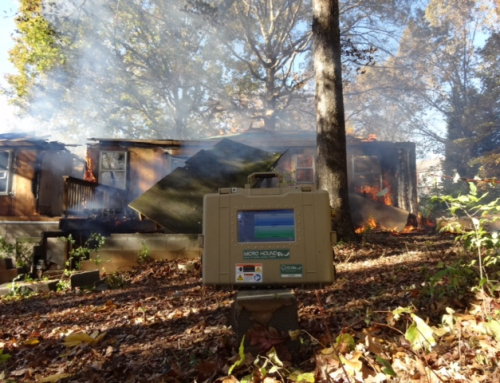Industrial facilities, energy production, and refining operations can be significant sources of gas-phase air pollutants. Some industrial emissions originate from fugitive sources (leaks) or process malfunctions and can be mitigated if identified. In recent amendments to the National Emission Standards for Hazardous Air Pollutants from Petroleum Refineries, the U.S Environmental Protection Agency (EPA) is for the first time requiring fenceline measurements for benzene as a surrogate for facility fugitive emissions using time-integrated passive samplers with potential use of time-resolved measurements as alternate or supporting information. Time-integrated passive sampling can establish average concentrations around a facility and point to potential problem areas, but the information provided is not real-time and reflects integrated source contributions in the local air shed.8 Time-resolved measurements that combine pollutant concentration and wind data can be used to support passive sampling strategies by helping to decipher the origin of emissions and provide time-stamped information on fenceline concentrations.Ground-based optical remote sensing (ORS) is a class of time-resolved techniques that can be used for fenceline monitoring and to assist in quantification of emissions from fugitive and area sources. ORS systems employ open-path optical beams to spectroscopically speciate and quantify path-averaged pollutant concentrations in an advected plume. The long optical paths used to help capture spatially variable emissions from the nearby sources. Open-path ultraviolet differential optical absorption spectroscopy (UV-DOAS) is a sub-class of ORS that is particularly useful for measurement of benzene and related aromatic compounds. Although UV-DOAS has been commercially available for over a decade, method development questions remain regarding expected performance characteristics and standardized data analysis approaches. In recent years, significant advances in sensor performance and analytical approaches have improved both minimum detection capability and automation of analysis. In this extended abstract, we investigate the performance of two mid-cost UV-DOAS systems produced by Cerex Monitoring Solutions (CMS) for measurement of benzene. We define and compare the benzene method detection limits (MDLs) using field data from an older generation system, set up for general measurement of a range of compounds, with calibration cell test data from a newer system optimized for fenceline applications.


